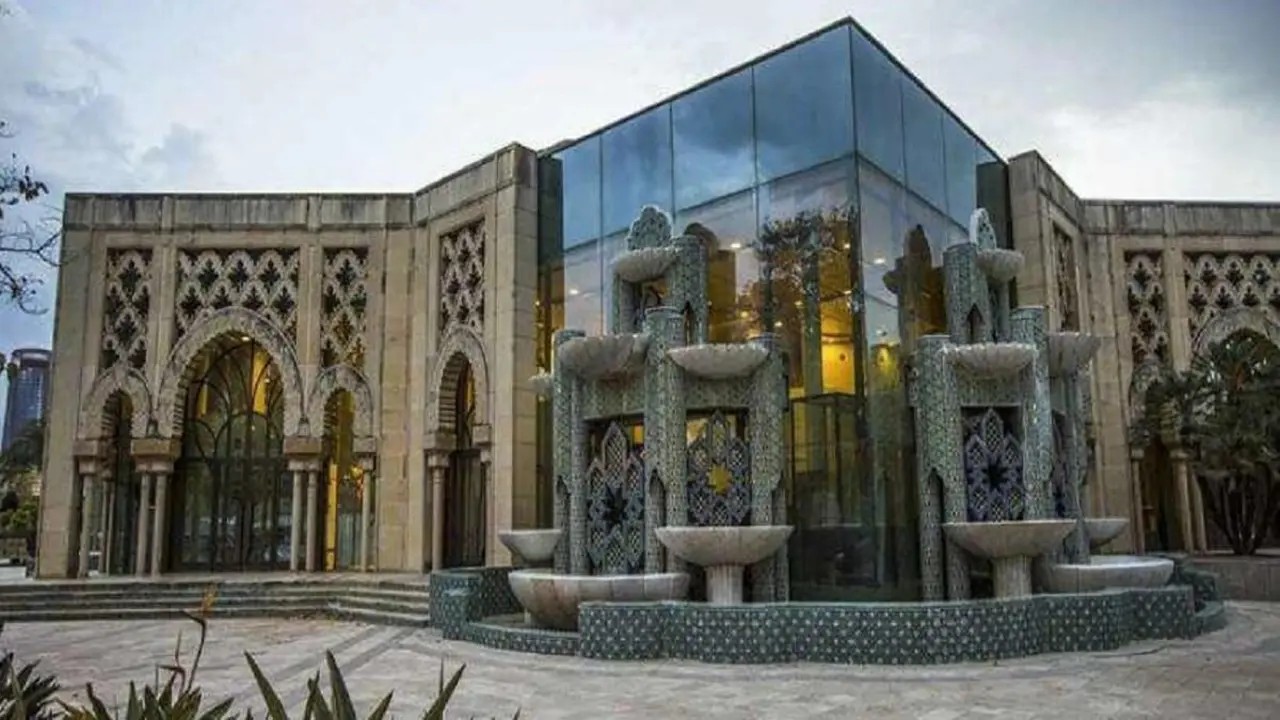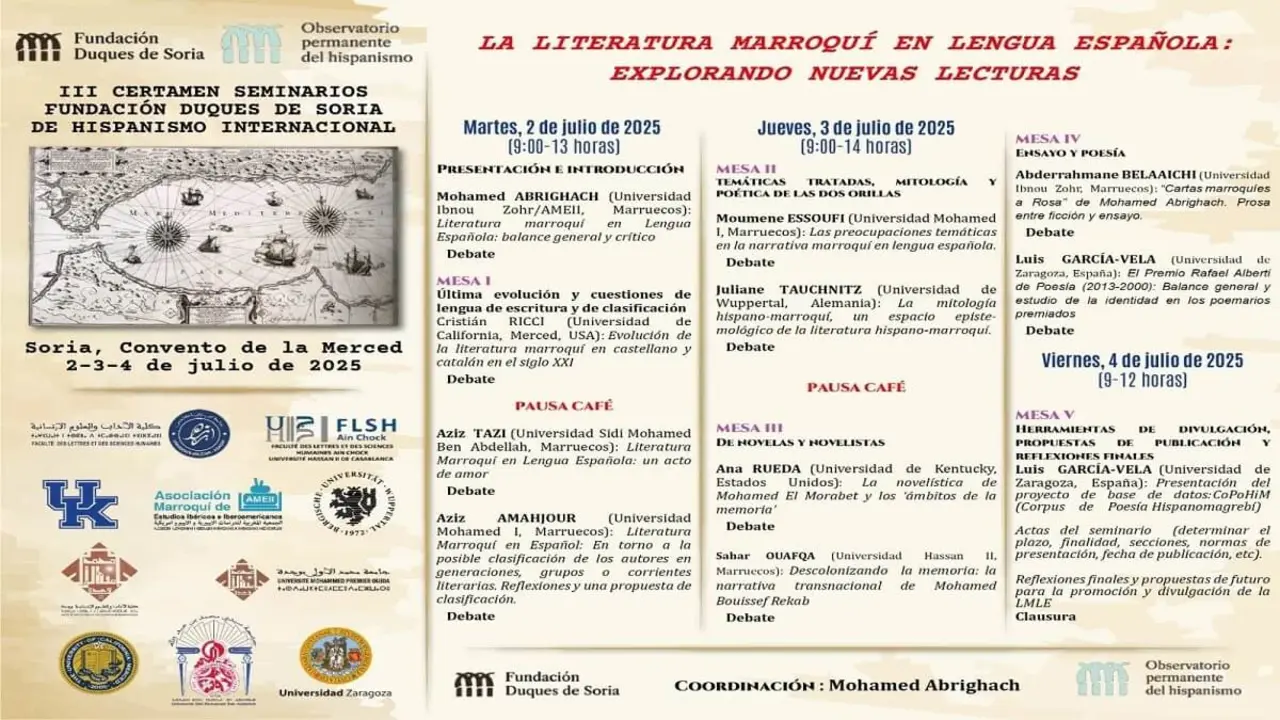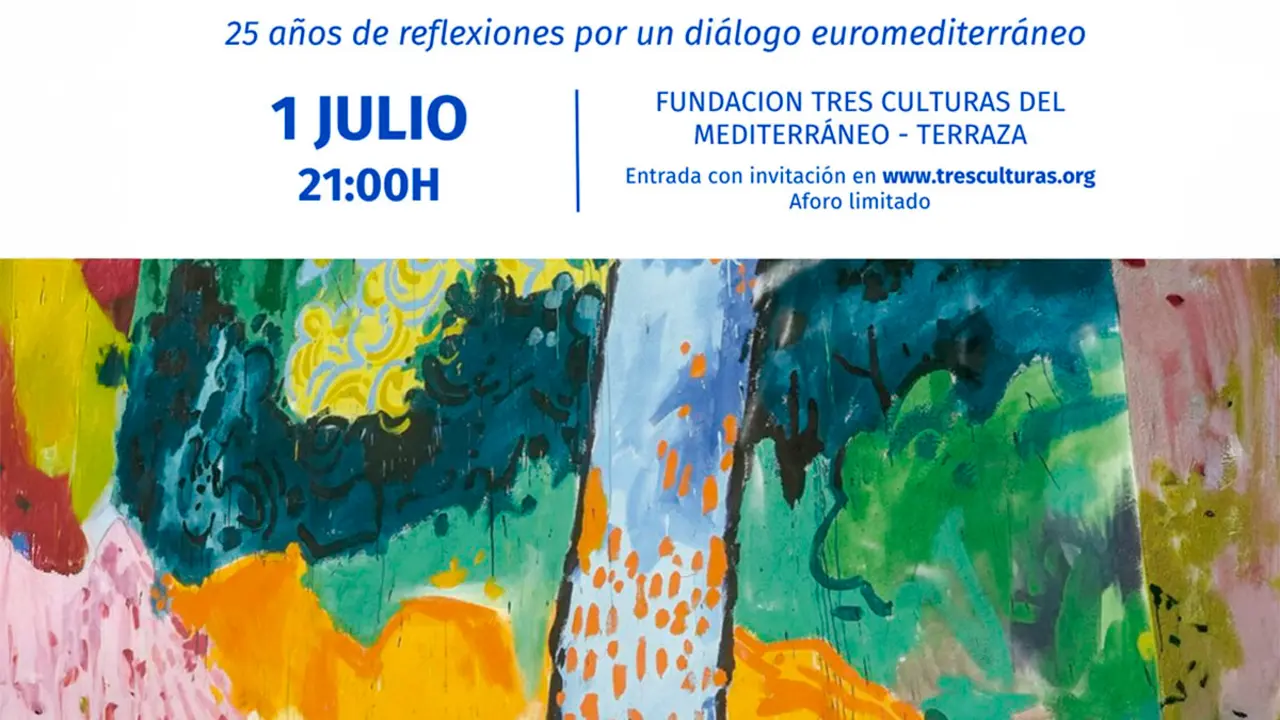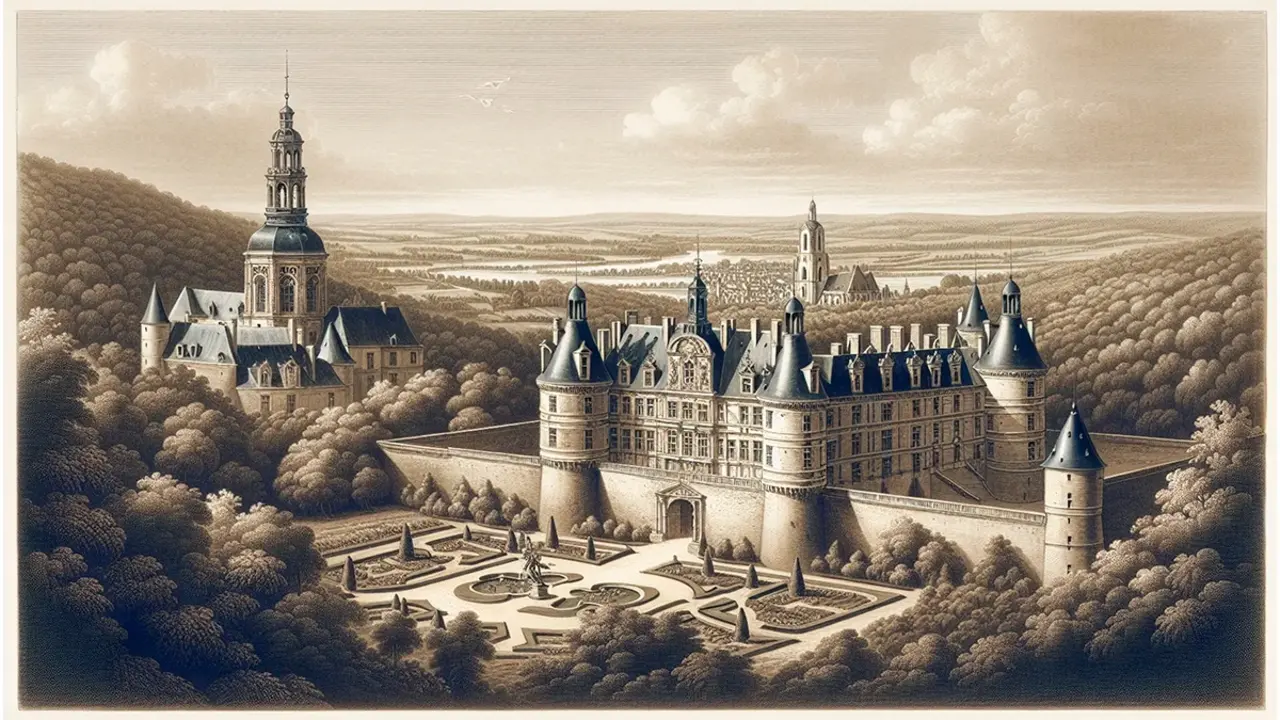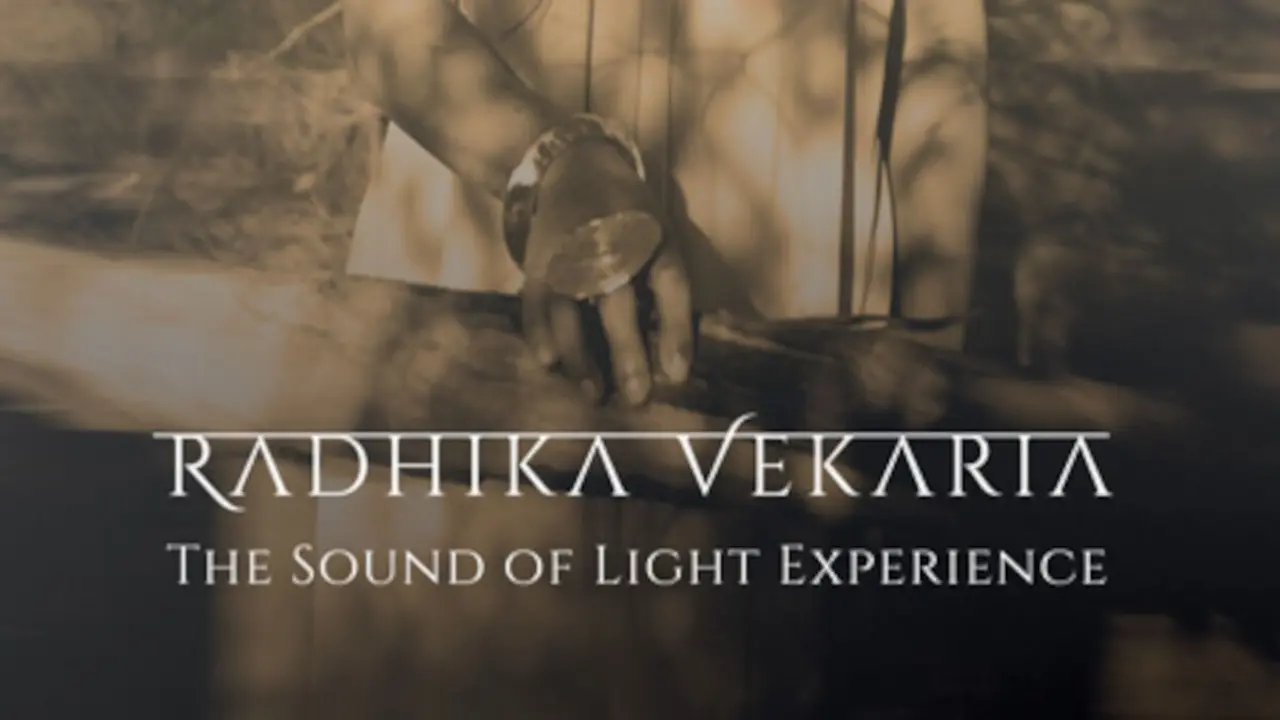'Arab Arcadia', a photographic journey through remote earthly paradises
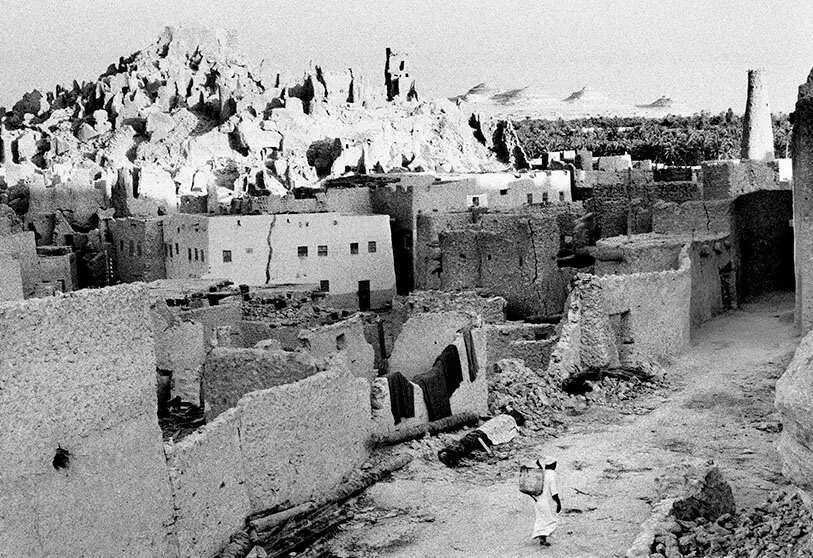
A story that fades between shadows of the past and Semitic faces, landscapes of legend that hide primitive peoples, a journey in time to forgotten civilizations, covered by the dust of the years and the desert sand. Arcadia Arábiga' is the title chosen by Jordi Esteva, a writer and photographer devoted to Oriental and African cultures, and the exhibition is an important part of his travels through the Middle East. Two series of photographs are displayed in the Arab Arcadia exhibition, capable of transporting viewers to places full of fantasy and esotericism, dying forms of life that in the 21st century retain the purity of their origin thanks to the isolated conditions in which they find themselves.
The first is comprised of pictures that the Barcelona-based photographer took between 2005 and 2014 on the Yemeni island of Socotra, located some 400 kilometres off the coast of Arabia. A place with a markedly endemic character, isolated by the waters of the Indian Ocean, whose name, which comes from Sanskrit, means "island of happiness" (Dvipa Sukhadhara). Esteva's photographic eye shows the desert aridity of rocky mountains inhabited by native dragons (Dracaena cinnabari, the Socotra dragon tree), and Bedouins with cracked faces, who run through the geography of one of the most isolated islands of continental origin in the world; enigmatic inhabitants that Marco Polo referred to in his writings as magicians and necromancers.
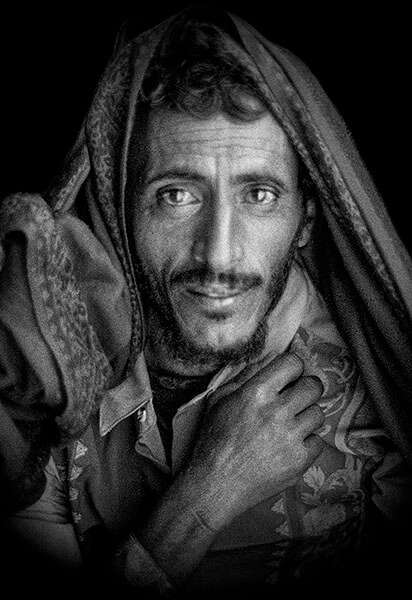
The second series was taken between 1982 and 1985 and is made up of photographs of the five largest oases in Egypt (Siwa, Bahariya, Farafra, Dakhla and Kharga). Isolated spaces that bring together life and abundance that do not exist in the ocean of desert sand around them; places where the present time, marked by globalisation, has not yet managed to break down the culture and tradition of these unusual earthly paradises. Thanks to the expressiveness of the black and white images, Jordi Esteva manages to convey the essence of these paradoxical spaces through scenes that could illustrate exotic fantasy legends or ancient events from the past.
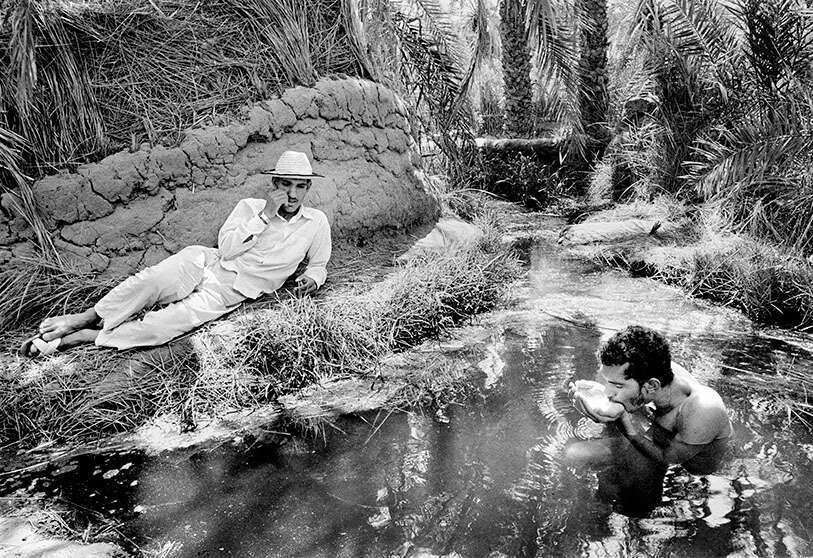
Both collections focus on the contrast between the magnificence of the landscapes and the simplicity of the people who live in them. Despite the prominence of the extraordinary, the photographer strives to show the everydayness of survival in the places he explores, the preservation of a way of life in danger of extinction. This is how Esteva manages to evoke the Arcadia of dreams, that utopian place where calm reigns, in an idyllic atmosphere inhabited by the traditions of simple people, unaware of the political complexity of the countries where they live.
"I was not interested in capturing the dunes or the mirages, nor the pharaonic temples demolished in places that would have made the delight of romantic travellers... My attitude was that of the patient hunter. I was looking for the time, chasing the shadows and waiting for the moment. I wanted to capture the spirit of the place", explains Jordi Esteva about his understanding of photography.
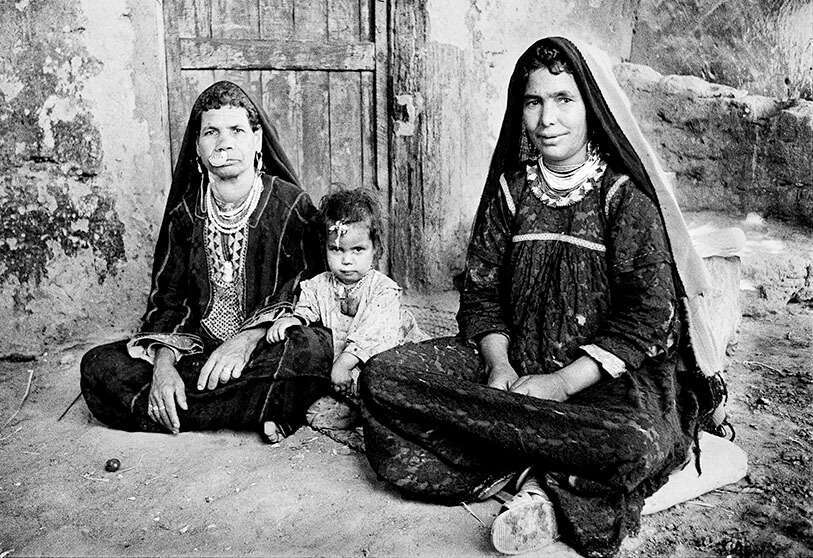
"Arab Arcadia", which forms part of the Official Section of the PhotoEspaña 2020 festival, will be open to the public at Casa Árabe from September 24th to November 22nd. This exhibition is part of the wide range of cultural activities offered by PHoto España 2020, the international photography and visual arts festival.

